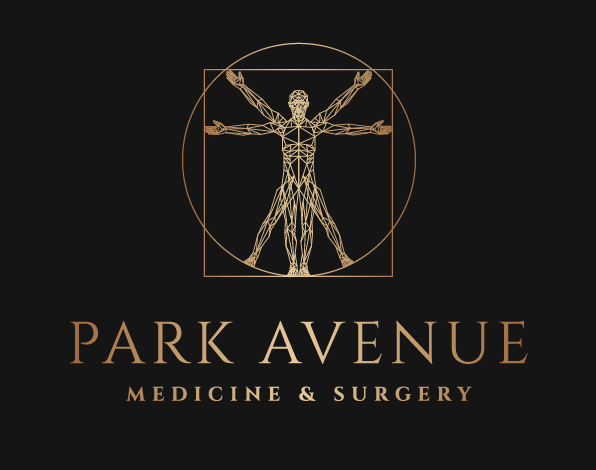Chronic Pain: What are Your Options?
Almost everyone experiences occasional pain. Pain is a valuable, essential way that the body warns us that something is wrong. The cause of pain can be anything from a papercut to a migraine to a broken bone. These pains will heal and disappear over time with proper treatment. Chronic pain, however, is not your ordinary pain––it can be far worse. Chronic pain is defined to be any pain that persists for over 12 weeks. It can be mild or severe, ranging from a dull ache and soreness to burning and throbbing sensations. The pain is often accompanied with a myriad of other symptoms, such as fatigue, sleep disturbance, and mood changes. In addition, chronic pain can be debilitating, decreasing a person’s strength, flexibility, and stamina, inhibiting them from performing everyday tasks. These symptoms together can take a great toll on an individual’s mental health, making the patient feel angry, depressed, and frustrated.
Pain is a very subjective experience, and no matter how hard they try, doctors cannot fully understand the suffering a patient is going through. This is yet another reason why treatment for pain is so difficult. Doctors must rely solely on the patient’s description of the pain––its location, severity, and type––in order to form a treatment plan specific to the individual. Fortunately, the medical society has been directing more attention towards the problem with current treatments of chronic pain. In 2016, the Department of Health and Human Services released a National Pain Strategy, compiled from the efforts of both patients and medical professionals, that proposed improved and more effective therapies dealing with pain. Pain is no longer viewed as a side effect of a pervasive problem, but as a problem in itself.
The goal for chronic pain treatment is to reduce the pain and improve function, so that patients can resume with their everyday activities. Treatment methods are catered to the individual, so it is important to note that not all treatment plans are the same. Another important point is that chronic pain treatment generally provides a method to manage pain, rather than to cure it entirely. Pain management can be categorized into two types: medication and self-management.
Common medical treatment for chronic pain are oral and topical medication. Oral medications include nonsteroidal antiinflammatory drugs and opioids. Topical treatments can be ointment, cream, or patches. Some patches are placed right above the area of pain, where they release an active drug such as lidocaine; others, like fentanyl patches, are placed further away. Depending on the treatment, medication can be over the counter or prescription. Medication for chronic pain treatment can be divided into five categories: nonsteroidal antiinflammatory drugs (NSAIDS), antidepressants, anticonvulsants medication, muscle relaxants, and opioids. NSAIDS are effective for acute muscular and bone pain; anticonvulsants are used for nerve type pain; muscle relaxers are used to treat acute muscle spasm; and opioids are used for nerve-type pain. Many of these medications have potential side effects. Most notably, opioids can lead to addiction. After prolonged exposure, patients may gain a tolerance to the drug, requiring increasingly larger quantities to treat the same degree of pain. An alternative treatment is the nerve block, a procedure during which an anesthetic agent is injected near the nerve to block pain. Medication, nerve block, and surgery all have potential risks on the individual. As a result, alternative, less invasive treatments are preferred over surgery and medication. Many patients find that complementary and alternative medicine (CAM) are effective in chronic pain management. These include tai chi, massage therapy, meditation, acupuncture, and similar activities.
Self-management also proves to be an effective approach in managing chronic pain. In self-management programs, the patient actively engages in planning and taking action in creating a treatment plan for their pain. All self-management programs emphasize on the patient’s involvement, allowing them to think, feel, and do better, and learn to live with their pain. It has been proven that individuals who undergo self-management programs become better capable in coping with pain, suggesting that these programs help patients to change their perspectives on pain, making treatment more effective.
According to the American Pain Foundation, chronic pain is a condition that affects nearly fifty million Americans. It can be extremely debilitating and stressful, disrupting lives and preventing people from performing simple, day-to-day activities. Despite its prevalence, chronic pain continues to be ill-understood, and treatment is still very difficult. There is hope, however. This field is improving, thanks to the understanding that chronic pain is, in itself, a medical condition rather than a side effect. If you think you suffer from chronic pain, don’t dismiss it. Chronic pain is a real medical condition and should be treated as such. Contact your primary care doctor and develop an effective pain management plan alongside medical professionals. This can help you to overcome chronic pain and enjoy a better quality life.
References:
https://www.webmd.com/pain-management/guide/understanding-pain-management-chronic-pain#1
https://medlineplus.gov/magazine/issues/spring11/articles/spring11pg5-6.html
https://www.asra.com/page/46/treatment-options-for-chronic-pain
https://www.spine-health.com/conditions/chronic-pain/chronic-pain-a-disease-why-does-it-still-hurt



